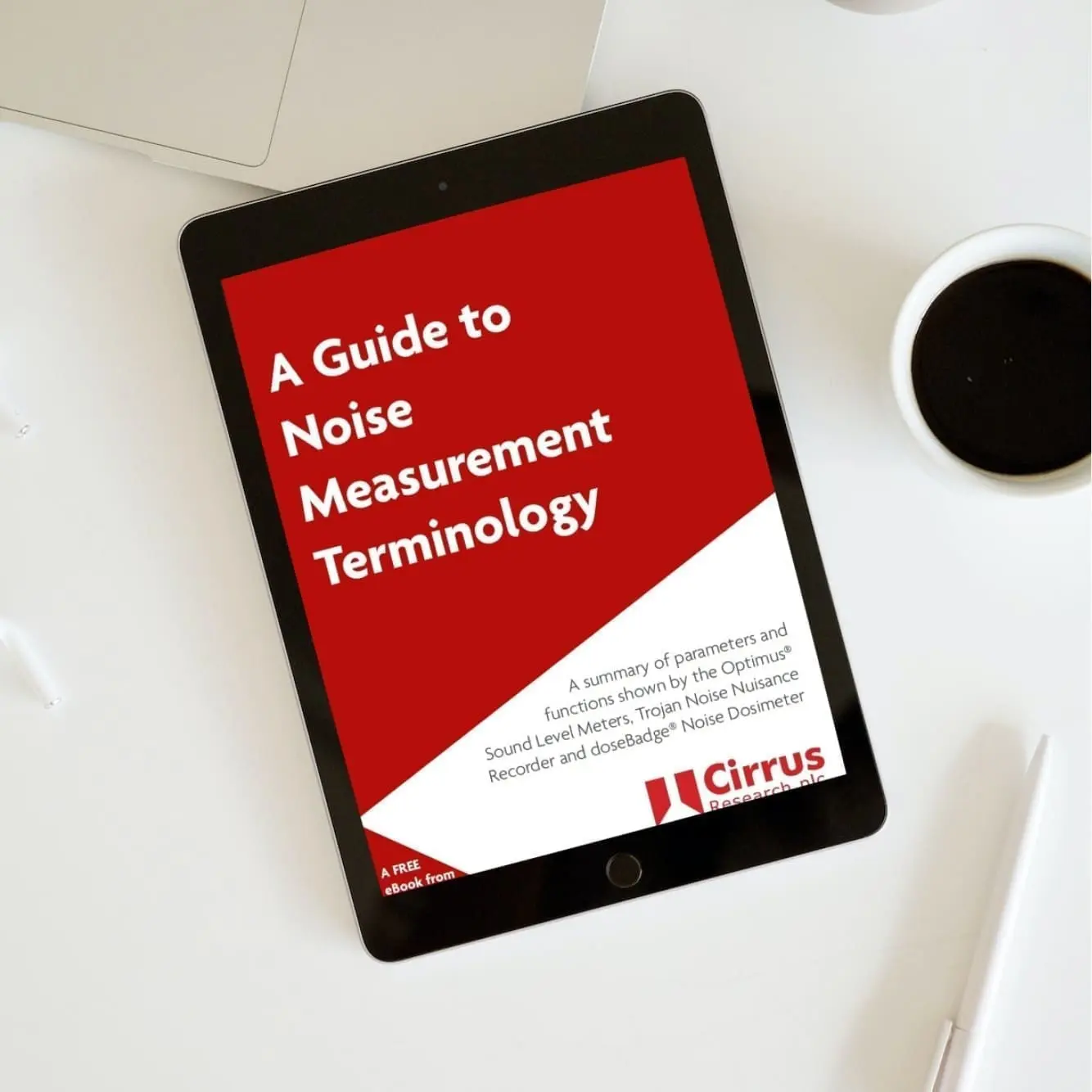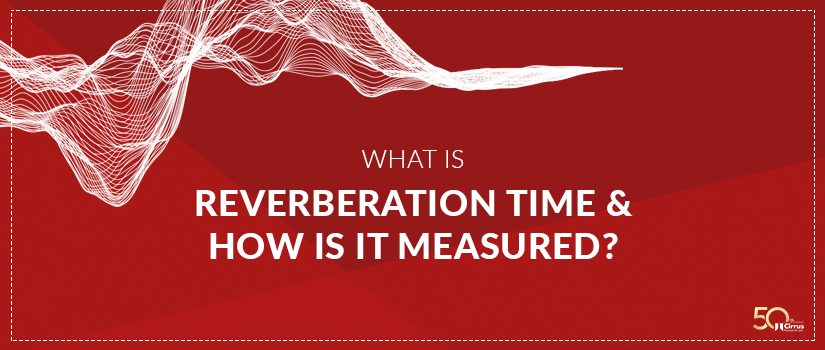One of the most common questions we get asked is about reverberation time. So, we thought we’d provide an answer!
What is the reverberation time of a room?
Reverberation time is the time required for the sound to “fade away” or decay in a closed space. Sound in a room will repeatedly bounce off surfaces such as the floor, walls, ceiling, windows or tables.
When these reflections mix, a phenomeon known as reverberation is created. Reverberation reduces when the reflections hit surfaces that can absorb sound such as curtains, chairs and even people.
The reverberation time of a room or space is defined as the time it takes for sound to decay by 60dB. For example, if the sound in a room took 10 seconds to decay from 100dB to 40dB, the reverberation time would be 10 seconds. This can also be written as the T60 time.
However, it is often very difficult to accurately measure the T60 time as it may not be possible to generate a sound level that is consistent and stable enough, especially in large rooms or spaces.
To get around this problem, it is more common to measure the T20 and T30 times and to then multiply these by 3 and 2 respectively to obtain the overall T60 time.
The T20 and T30 values are usually called “late reverberation times” as they are measured a short period of time after the noise source has been switched off or has ended.
Measuring the T20 and T30 values
To measure these values, a sound source is used and this can either be an interrupted source, such as a loudspeaker or an impulsive noise source such as a starting pistol. The interrupted method is most commonly used as the sound source can be calibrated and controlled accurately, allowing for more repeatable measurements.
The measurement of reverberation time typically follows this process:
- Create a stable sound field using a sound source
- Start a sound measurement instrument, such as a sound level meter
- Switch off the sound source and allow the sound to decay
- Wait for the background sound to stabilise and stop the measurement (avoiding creating any noise that may disturb the measurement data)
The calculation of the T20 and T30 times starts after the sound has decayed by 5dB and ends after the level has dropped by 20dB and 30dB respectively. The measured data must have at least 10dB headroom above the noise floor.
The image below shows an example using an interrupted sound source. This is shown using one frequency only whereas a real measurement would be assessing the decay using typically, 1:3 octave bands or 1:1 octave bands depending upon the application and the requirements of any applicable measurement standards.

The 20dB and 30dB decay times are calculated and the 60dB decay time calculated by multiplying these by 3 and 2 respectively.
Real-world measurements would typically span the frequency bands from 50 Hz to 8 kHz in 1:1 or 1:3 octave bands. Rooms have individual absorption capabilities for each frequency, so the RT60 values within each band will vary.
Below is an example of the data measured in 1:3 octave bands from 250Hz to 5kHz showing how the decay can be very different at different frequencies.

What standards are used to measure reverberation time?
In many cases, the ISO 3382 series of standards are used in the calculation of reverberation time. These standards define the methodology to be used when determining the T20 , T30 and T60 values as well as the calculation of uncertainty and reliability of the values.
ISO 3382-2 is the standard that is used in the NoiseTools Reverberation Time Module, which you can learn more about here.
SO 3382-1:2009 Acoustics – Measurement of room acoustic parameters Part 1: Performance spaces
ISO 3382-2:2008 Acoustics – Measurement of room acoustic parameters – Part 2: Reverberation time in ordinary rooms

Download a Guide to Noise Measurement Terminology
Download the Noise Measurement Terminology Guide to expand your noise knowledge and make measuring noise simpler



